NASA’s Mars InSight lander may have the first recording of a Marsquake0
- From Around the Web, Space
- April 24, 2019
Here’s what a rumbling Red Planet sounds like
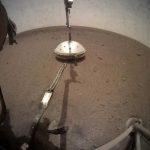
Here’s what a rumbling Red Planet sounds like
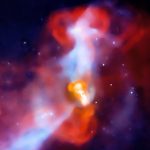
Its diameter suggests the black hole is 6.5 billion times the mass of the sun

President Donald Trump recently called for a “Space Force” to defend the United States’ extraterrestrial operations. Russia, China, and India have also beefed up their military capabilities in space. Are we headed for a cosmic conflict?
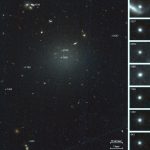
In 2018, a team of astronomers from the United States and Canada discovered that an ultra-diffuse galaxy called NGC 1052-DF2 (DF2 for short) contains virtually no dark matter. The galaxy is roughly the size of our Milky Way Galaxy, but hosts only 1/200 the number of stars. It lies in the constellation of Cetus, about 65 million light-years away, and is a member of the NGC 1052 group of galaxies. Now, the team reports the discovery of a second galaxy in this class, residing in the same group.
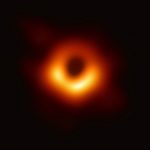
Last week, the Event Horizon Telescope (EHT) released the first-ever image of a black hole’s shadow cast against the hot gas of its accretion disk. That image, of the black hole at the center of galaxy Messier 87 (M87), was front page news all over the world. Soon, the EHT will produce the first movie of that hot gas whirling chaotically around the shadow, said project leaders who spoke Sunday (April 14) here at the April meeting of the American Physical Society.
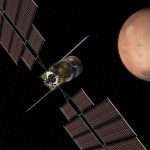
An independent report concluded that NASA has no chance of sending humans to Mars by 2033, with the earliest such a mission could be flown being the late 2030s.

About 100 excited Chinese teenagers completed a five-hour tour of a space colony against a desolate backdrop not unlike the desert planet of Tatooine, the home world of Luke Skywalker.
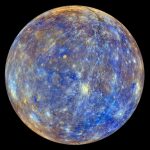
Planetary researchers have long known that Earth and Mercury have metallic cores. Mercury’s core fills nearly 85% of the volume of the planet — huge compared to the other rocky planets in the Solar System. Like Earth, Mercury’s outer core is composed of liquid metal, but there have only been hints that Mercury’s innermost core is solid. Now, a team of scientists from NASA’s Goddard Space Flight Center, MIT, Sapienza University, Case Western Reserve University and Columbia University has found evidence that Mercury’s inner core is indeed solid and that it is very nearly the same size as Earth’s solid inner core.

A bright meteor was caught in many dashcam videos – in broad daylight – on April 6, 2019, over the Russian city of Krasnoyarsk. See a video compilation here.
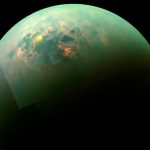
On its final flyby of Saturn’s largest moon in 2017, NASA’s Cassini spacecraft gathered radar data revealing that the small liquid lakes in Titan’s northern hemisphere are surprisingly deep, perched atop hills and filled with methane.



